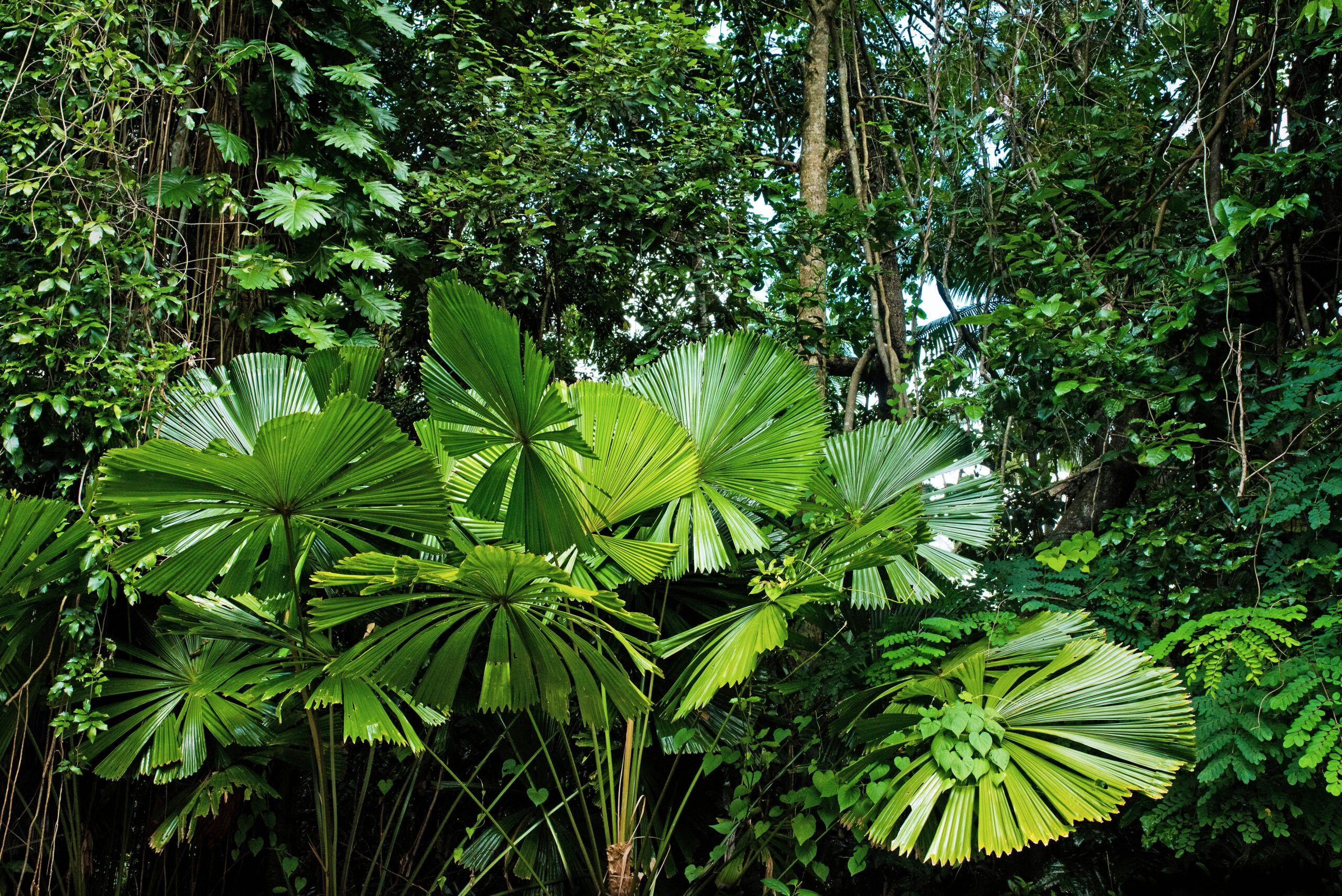When people think about saving the environment, they picture national parks, coral reefs, or remote rainforests. But there’s a whole world of nature right outside your back door.
Your garden, no matter how big or small, can be part of Australia’s biodiversity solution. In a country facing rapid species loss, habitat destruction, and climate change, turning our backyards into safe havens for wildlife is more important than ever.
Let’s dig into why it matters, how it helps, and what you can do today.
What is Backyard Biodiversity?
Backyard biodiversity means creating a healthy, diverse ecosystem in your own outdoor space. One where plants, birds, insects, frogs, and fungi can live and thrive.
This could be a native bee sipping nectar from a flowering shrub, a skink sunning itself on a rock, or a powerful owl roosting in a tall eucalypt. It’s about welcoming nature in, rather than pushing it out.
TL;DR: Backyard biodiversity is about creating mini ecosystems that support local wildlife right at home.
Why Does It Matter?
1. Urban Sprawl Is Shrinking Natural Habitat
As our cities expand, native vegetation is cleared to make room for houses, roads, and industry. That means fewer places for wildlife to live. Backyard habitats can help fill the gap, especially in cities and suburbs.
2. Fragmented Landscapes Need Green Links
Wildlife corridors help animals move safely between bushland areas. A garden full of native plants can act like a stepping stone for birds, bees, and butterflies to travel across the urban jungle.
3. You’re Supporting Threatened Species
It might sound surprising, but many endangered species now rely on urban green spaces. Some birds, like the Gang-gang Cockatoo and Eastern Spinebill, are being seen more often in suburban gardens.
4. You Boost Ecosystem Services
Healthy gardens help filter air and water, cool the local area, prevent erosion, and store carbon. Plus, they’re good for you. Gardens reduce stress, increase biodiversity awareness, and encourage sustainable living.
What Does a Biodiverse Garden Look Like?
There’s no one-size-fits-all. A biodiverse garden is one that:
- Includes native plants suited to your region
- Offers layers of vegetation (ground cover, shrubs, trees)
- Provides water sources (like birdbaths or ponds)
- Avoids pesticides and synthetic fertilisers
- Has logs, rocks, and leaf litter for habitat
- Welcomes insects, birds, reptiles, and frogs
Even balconies and patios can support biodiversity with container plants, pollinator flowers, and insect hotels.
How to Boost Backyard Biodiversity
1. Plant Local Native Species
They provide the right food and shelter for local wildlife. Use your council’s plant guide or check with a native nursery.
2. Add Water (Safely)
A shallow birdbath, frog pond, or bee bowl can make a huge difference. Just keep it clean and mosquito-safe.
3. Ditch the Lawn (Or Shrink It)
Lawns are biodiversity deserts. Replace sections with wildflower beds, shrubs, or native ground covers.
4. Avoid Chemicals
Pesticides and herbicides harm beneficial insects, birds, and soil life. Try natural alternatives instead.
5. Leave the Mess
Logs, fallen leaves, and rocks provide crucial habitat. Skip the overly tidy gardening routine.
6. Build a Nest Box
Many native animals have lost tree hollows due to land clearing. Nest boxes give them a second chance.
FAQs: Backyard Biodiversity in Australia
What is the most important thing I can do to support backyard biodiversity?
Planting native species is the single most impactful action. They attract and support more wildlife than exotics or ornamentals.
I only have a balcony, can I still help?
Absolutely. Use pots to grow native flowering plants, create a bee hotel, and add water for birds and insects. Even small spaces can support biodiversity.
Are exotic plants bad for biodiversity?
They’re not always bad, but native plants support more local species. Exotics can also become weedy and displace native vegetation.
Should I feed birds in my garden?
Feeding wild birds regularly can cause health problems or dependence. It’s better to provide native plants that naturally produce nectar, seeds, and insects.
Do I need to get rid of my lawn?
Not necessarily, but reducing the size of your lawn and replacing parts with native plants is a big biodiversity win. Lawns don’t offer much for wildlife.
Are ponds safe? What about mosquitoes?
Yes, if designed well. Include native water plants and mosquito predators like dragonflies and frogs. Keep the water moving or flush it weekly to prevent larvae.
How do I know which plants are native to my area?
Check with your local Landcare group, council website, or a native plant nursery. There are also free online plant guides based on postcode.
Can cats be part of a biodiverse garden?
Not outside. Domestic cats are a major threat to native wildlife. If you have a cat, keep it indoors or build a secure outdoor enclosure (a “catio”).
You don’t need hectares of land or a perfect garden to make a difference. Every backyard, balcony, and verge can help rebuild the biodiversity Australia is losing.
And the best part? It’s deeply rewarding. Watching a native bee buzz past your lemon myrtle, or a Superb Fairy-wren flit through the bushes, is a reminder that we are part of nature, not separate from it.
TL;DR: Your garden matters more than you think. With a little effort, it can become a sanctuary for wildlife and a step toward restoring Australia’s lost biodiversity.

